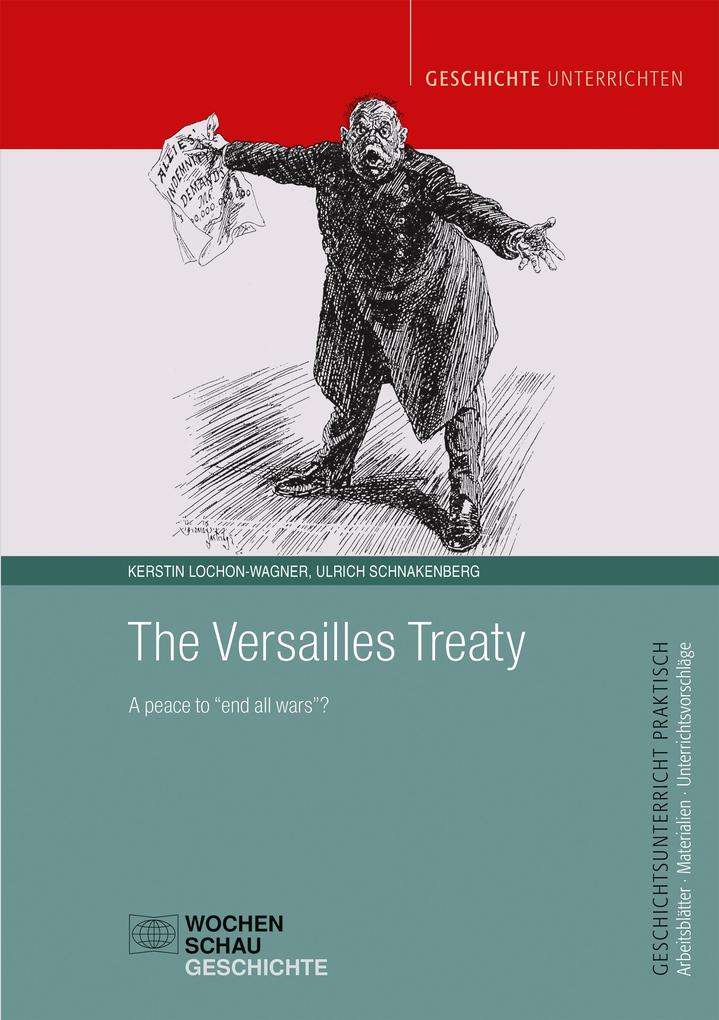Bis heute schwelt eine Debatte darüber, welchen Anteil "Versailles" am Niedergang der Weimarer Republik hatte: Die Frage nach den Zusammenhängen zwischen 1919, 1933 und 1939 - sowohl als reale Belastung wie auch als "psychologische, propagandafähige Potenz" - ist aktuell.
Weil die Pariser Vorortverträge auch kulturübergreifende, globale und universale Phänomene und Sachverhalte ("14 points", "League of Nations") umfassen und dabei zugleich eine britische, amerikanische und französische Perspektive auf eine wichtige Epoche der deutschen Geschichte ermöglichen, eignet sich das Thema wie nur wenige andere ganz besonders für den bilingualen Geschichtsunterricht oder auch als bilinguales Modul im regulären Unterricht.
Inhaltsverzeichnis
Einleitung
A peace to end all wars ? introduction
A just and lasting peace? How historians perceive the treaty today
What are the ingredients of a good peace? Differing positions and demands
Who prevails? The Big Three , Wilson and the influence of public opinion
(Dis)unity among the victors? Controversies threaten the peace process
Peace negotiations or a Diktat ? The terms of the treaty
Annehmen oder ablehnen die innerdeutsche Diskussion
Success or failure? Perception of the treaty at the time
A just and reasonable peace? The Versailles Treaty in cartoons
Conclusion Perception of the treaty today
Literatur
































